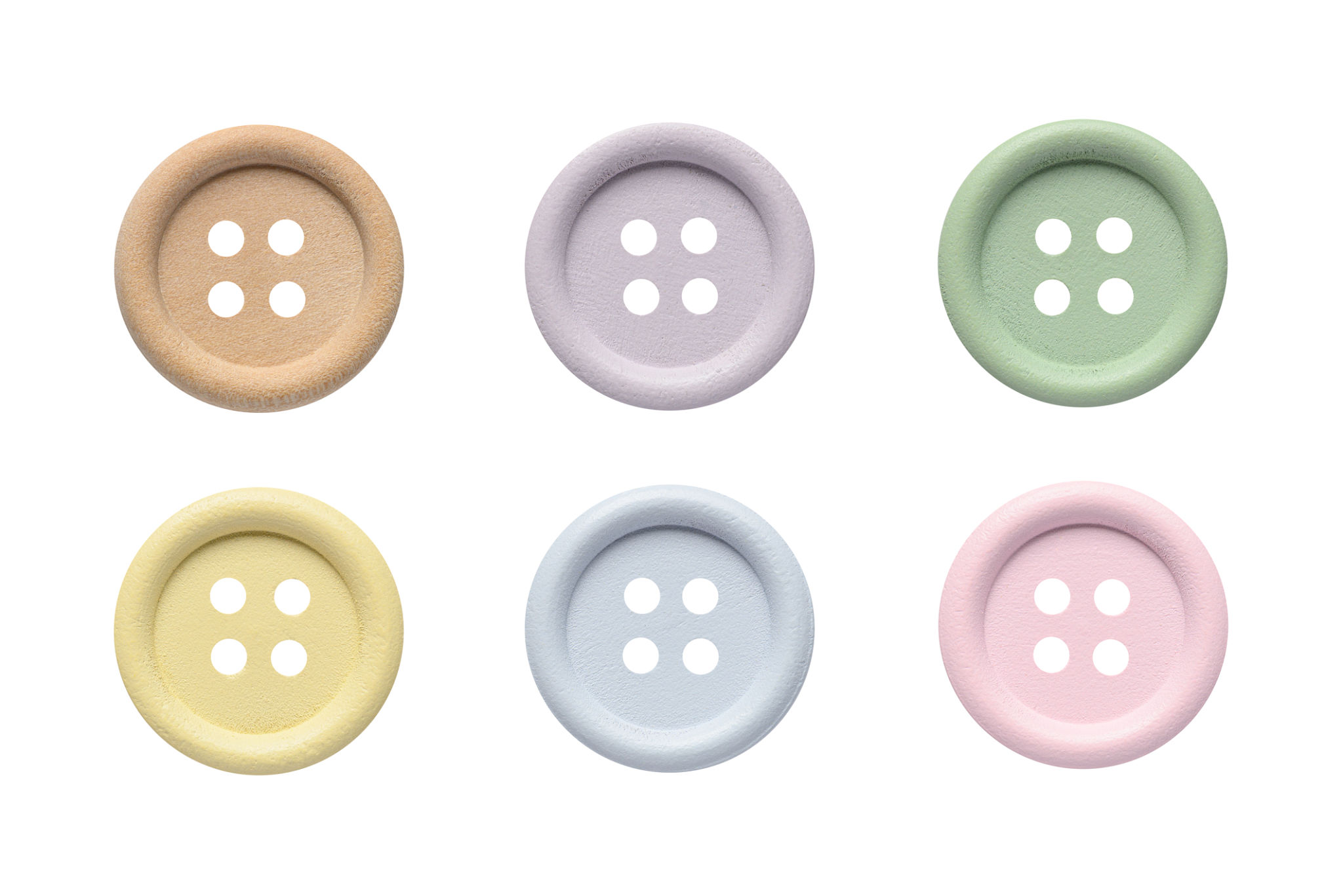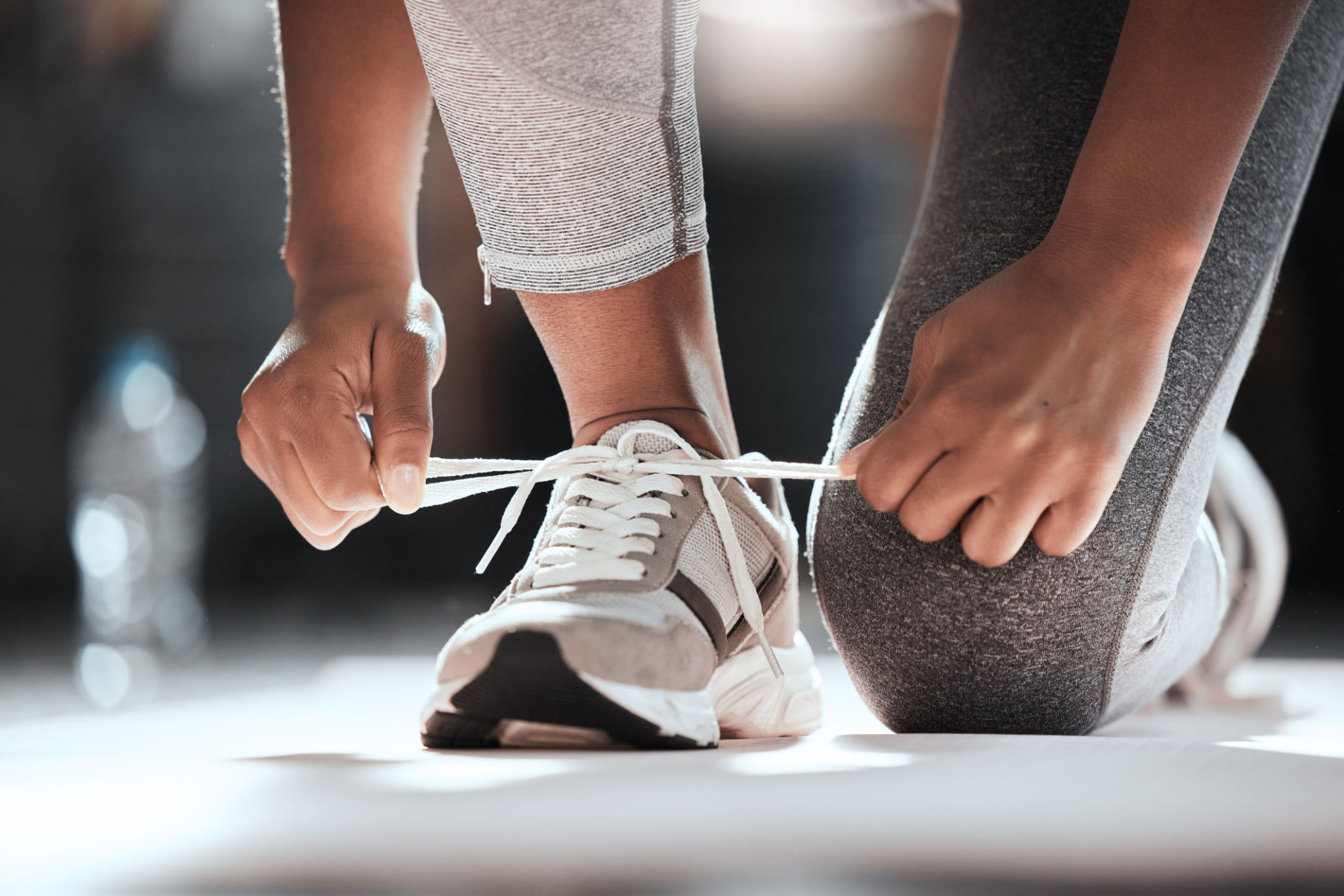DIY Embroidery Tips for Beginners: Crafting Your Custom Clothes
Getting Started with Embroidery
Embroidery is a fantastic way to personalize your clothing and create unique designs that reflect your style. For beginners, it might seem daunting at first, but with a few basic tips and techniques, you can start crafting beautiful embroidery pieces in no time. This guide will introduce you to the essential tools, techniques, and tips to help you begin your embroidery journey.
The first step in embroidery is gathering the right supplies. You will need embroidery needles, embroidery floss, an embroidery hoop, and fabric. A small pair of scissors will also be helpful for trimming threads. Opt for high-quality materials to ensure your finished product looks professional and lasts longer.

Choosing the Right Fabric
The type of fabric you choose can significantly impact the outcome of your embroidery project. As a beginner, it's best to start with a fabric that is easy to work with, such as cotton or linen. These fabrics have a smooth surface and stable weave, making them ideal for learning basic stitches.
When selecting fabric, consider the color as well. Light-colored fabrics are preferable since they allow you to see your stitches more clearly. Avoid fabrics that are too stretchy or thin, as they can be challenging for beginners to manage.
Preparing Your Fabric
Before you start stitching, it's crucial to prepare your fabric properly. Washing and ironing the fabric will remove any creases and allow for a smoother embroidery process. Once the fabric is ready, secure it in an embroidery hoop to keep it taut while you work.

Mastering Basic Stitches
Learning a few basic stitches is essential for any beginner. Start with simple stitches such as the backstitch, running stitch, and satin stitch. These foundational stitches will allow you to create outlines, fill in areas, and add detail to your designs.
- Backstitch: Great for outlining shapes and creating clean lines.
- Running Stitch: Ideal for simple lines and borders.
- Satin Stitch: Perfect for filling in shapes with solid color.
Practice these stitches on a piece of scrap fabric before working on your main project. This will help you get comfortable with holding the needle and controlling the tension of the thread.

Designing Your Pattern
Creating your pattern is one of the most exciting parts of embroidery. Start with simple designs that include basic shapes and lines. You can sketch your design onto the fabric using a water-soluble pen or transfer it using tracing paper.
There are plenty of free patterns available online if you're not confident in creating your own designs yet. As you gain experience, you'll find it easier to develop unique patterns that showcase your creativity.
Finishing Touches
Once you've completed your embroidery, it's time to finish your project. Carefully remove the fabric from the hoop and trim any excess threads. If necessary, wash the fabric to remove any marks from pattern transfer tools.
Press the fabric gently with an iron to smooth out any wrinkles and set your stitches. Your finished piece is now ready to be displayed or added to your clothing collection!
Embroidery is a rewarding hobby that allows for endless creativity and personalization. With practice and patience, you'll soon be able to create beautiful custom pieces that reflect your personal style.
